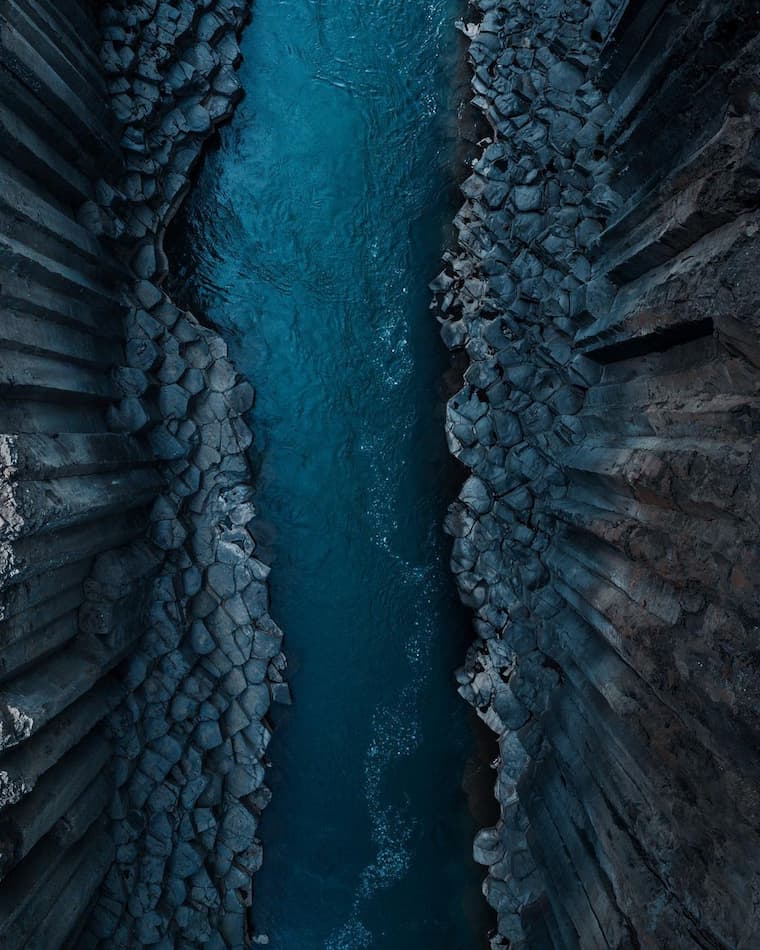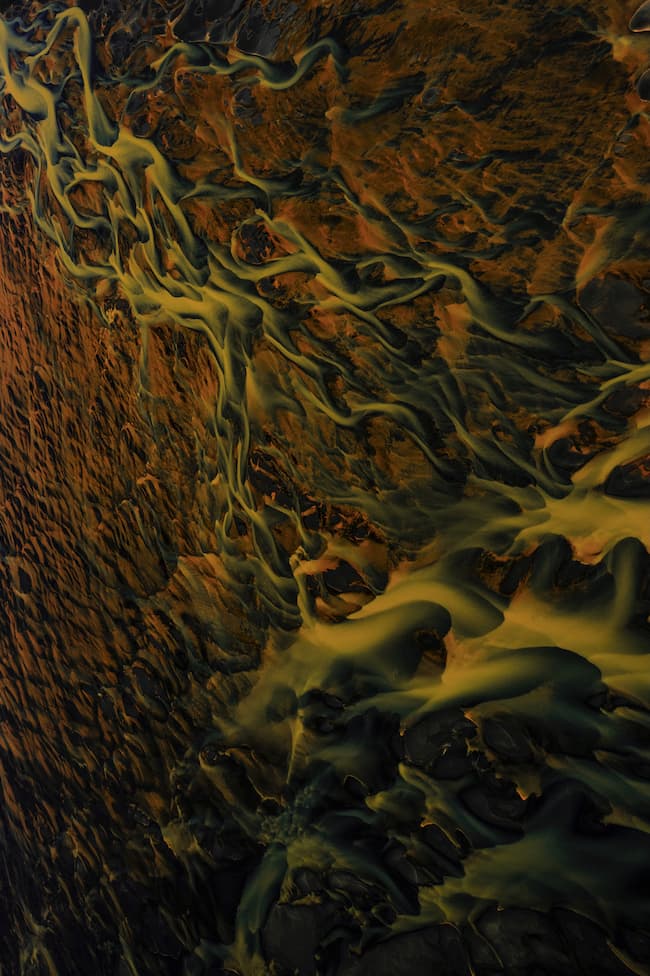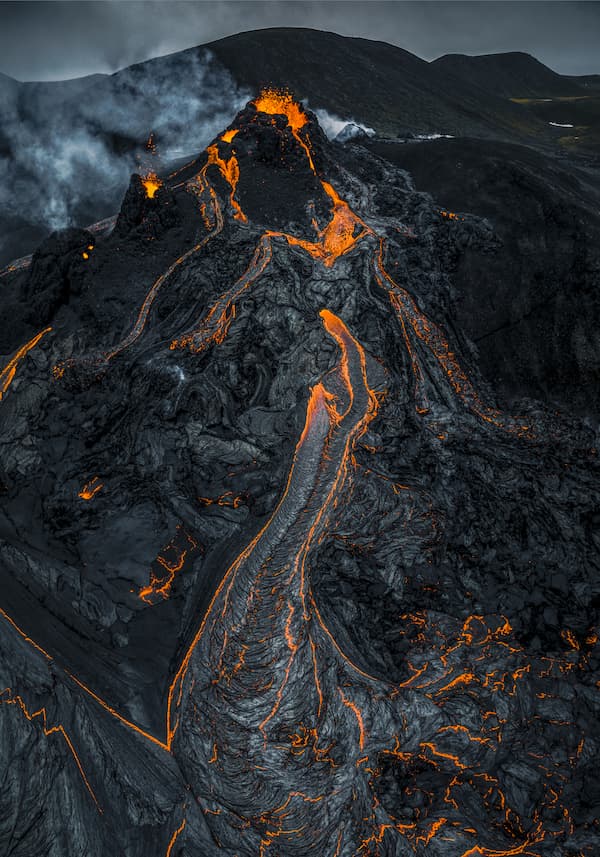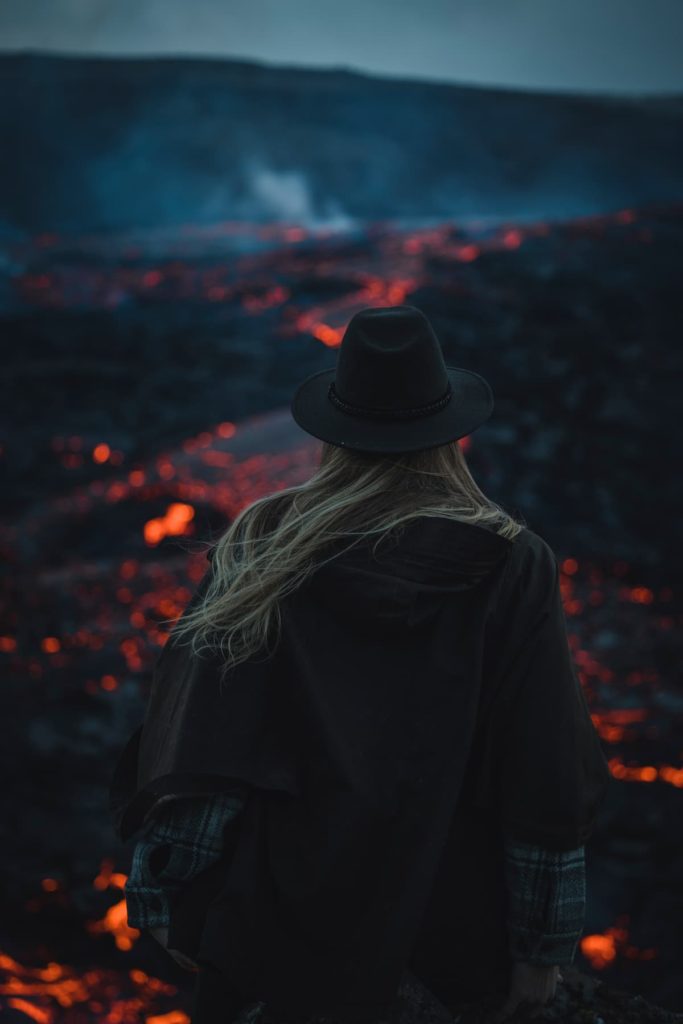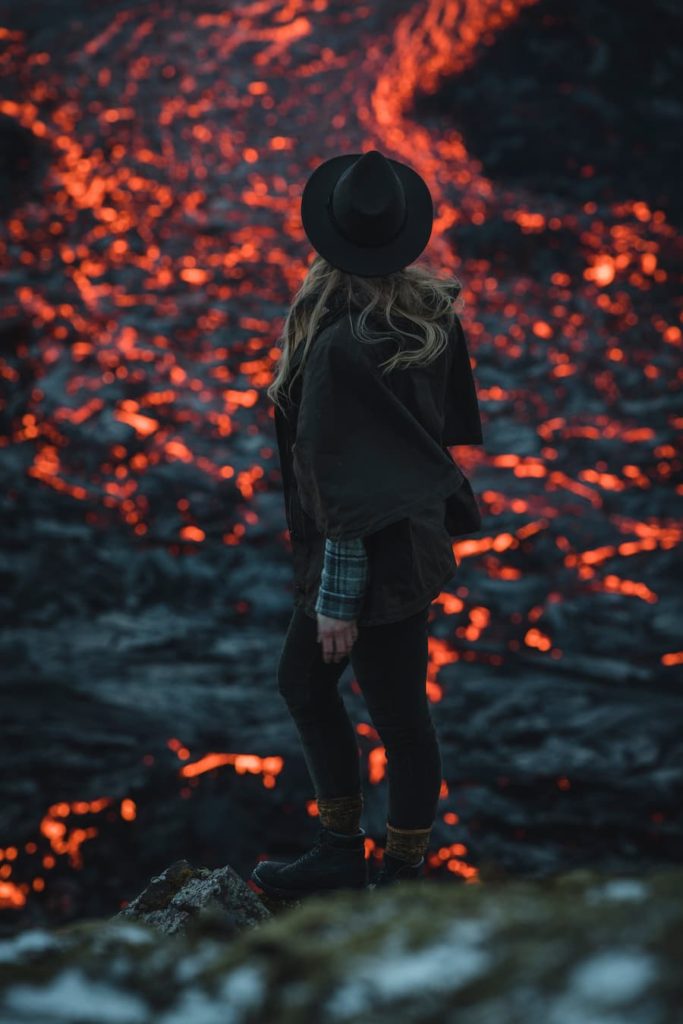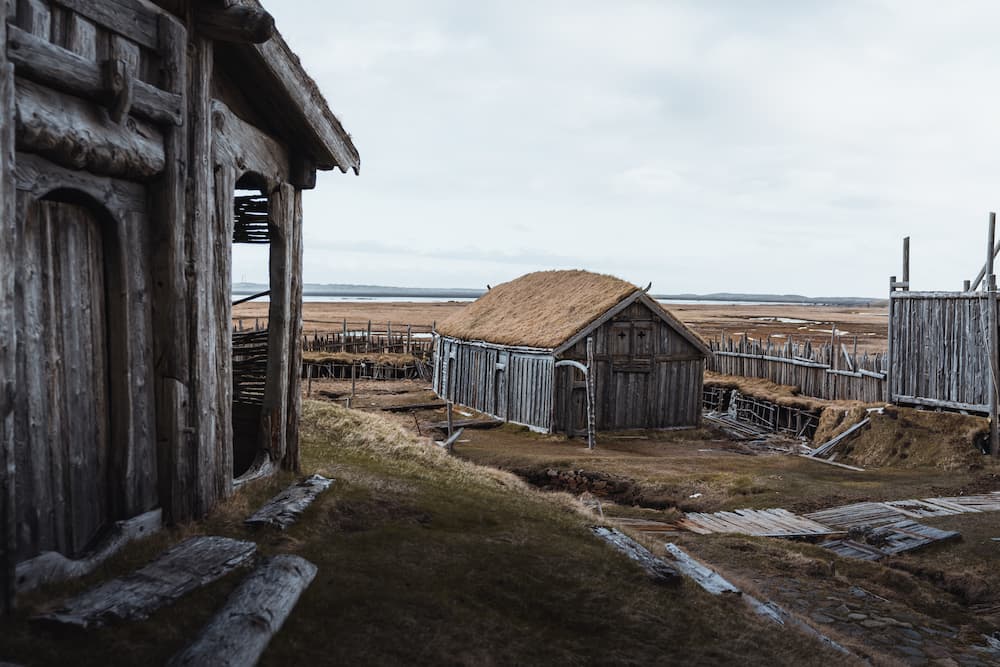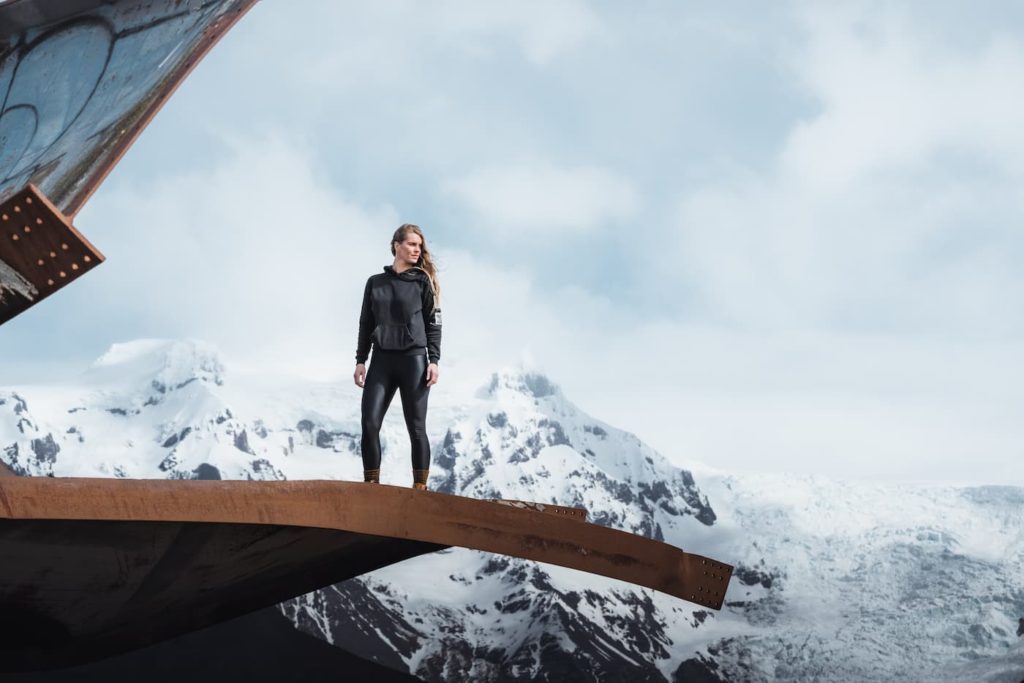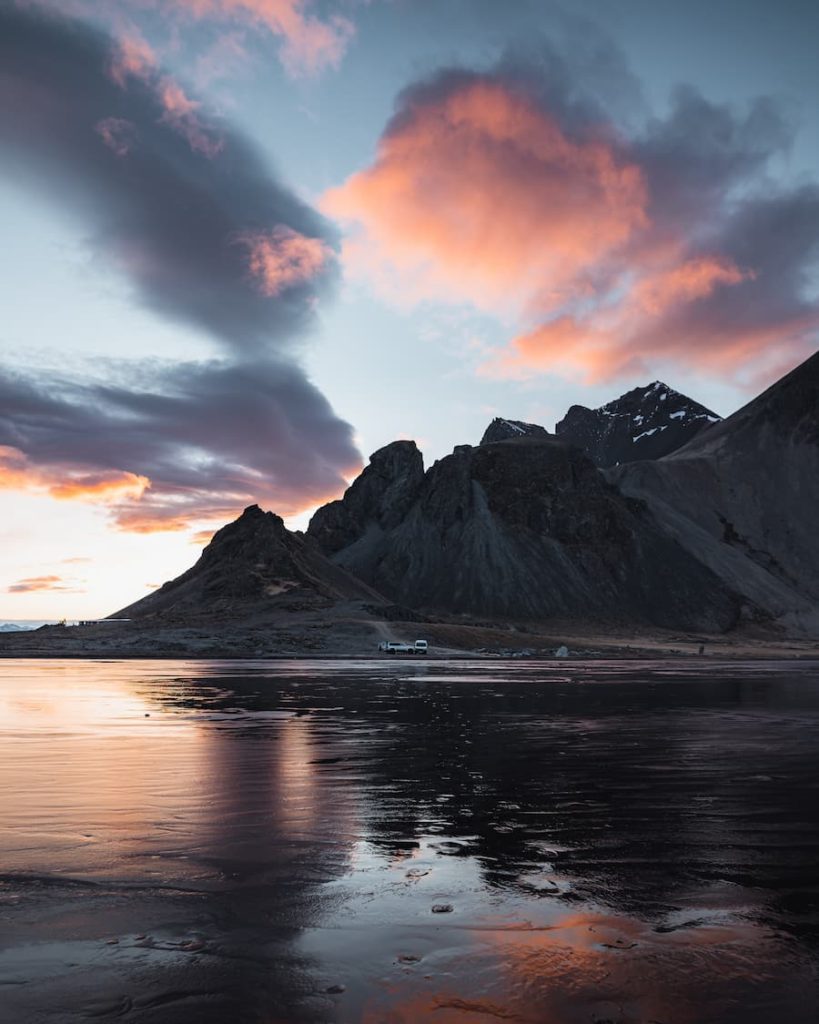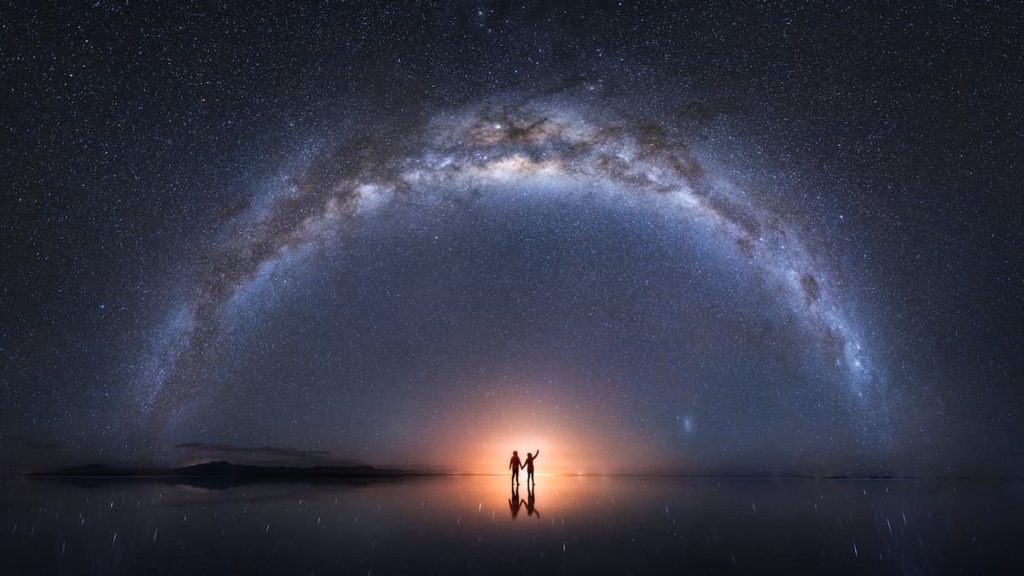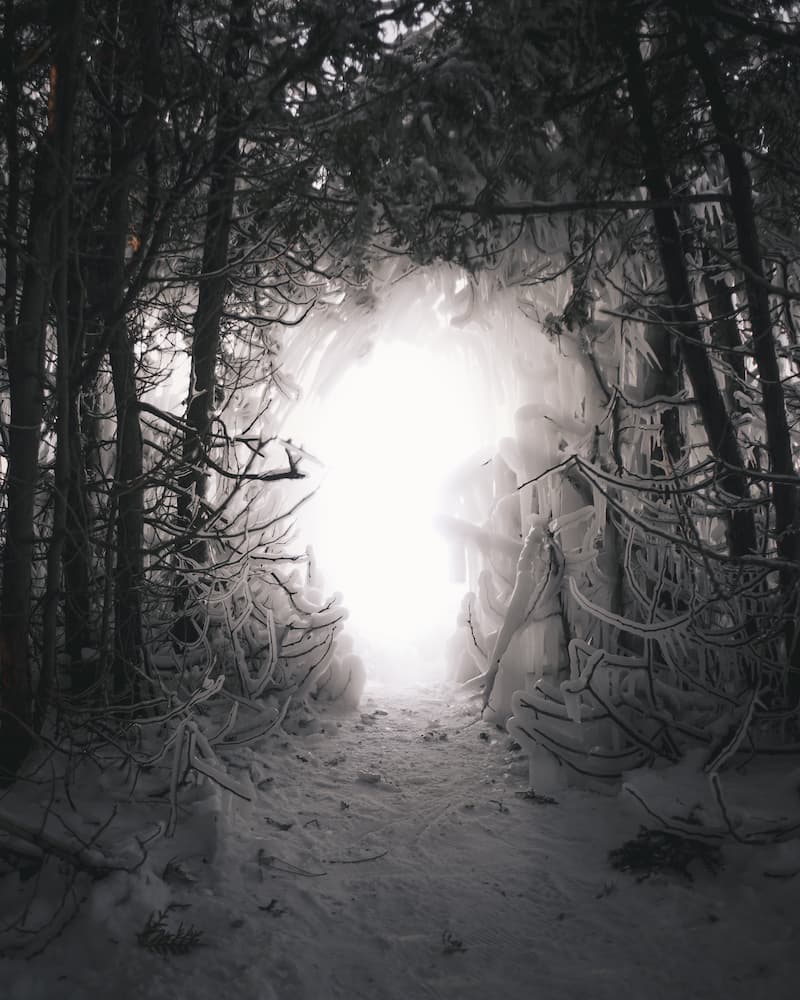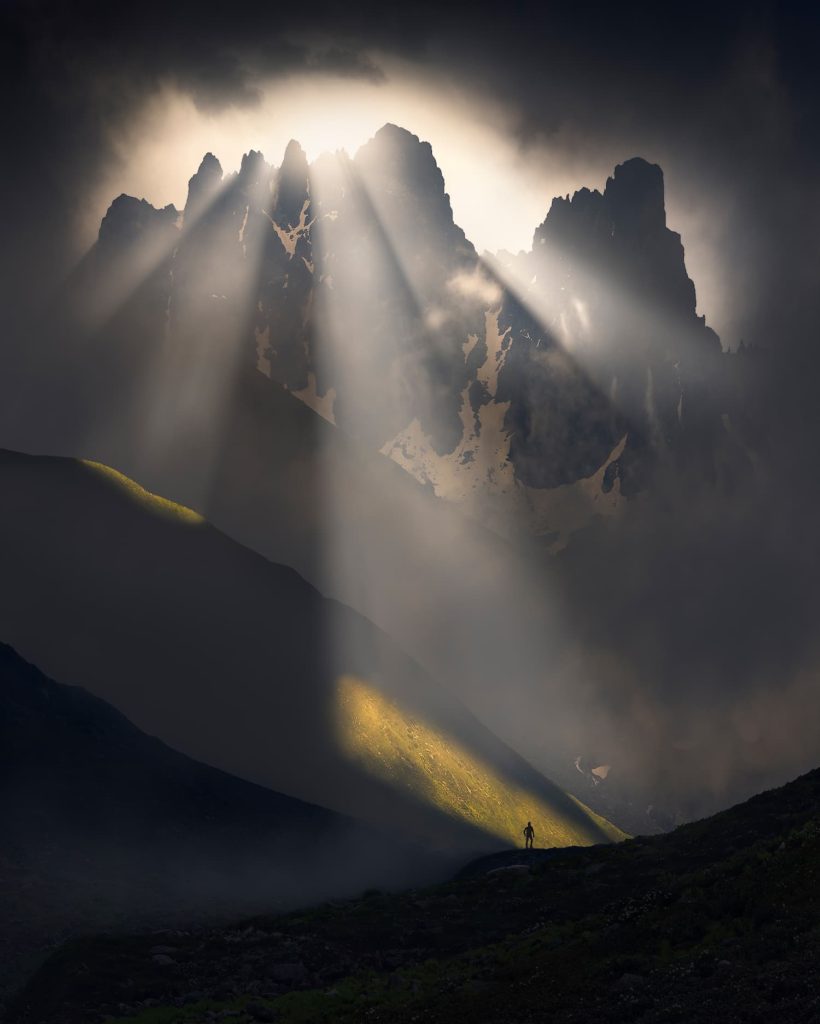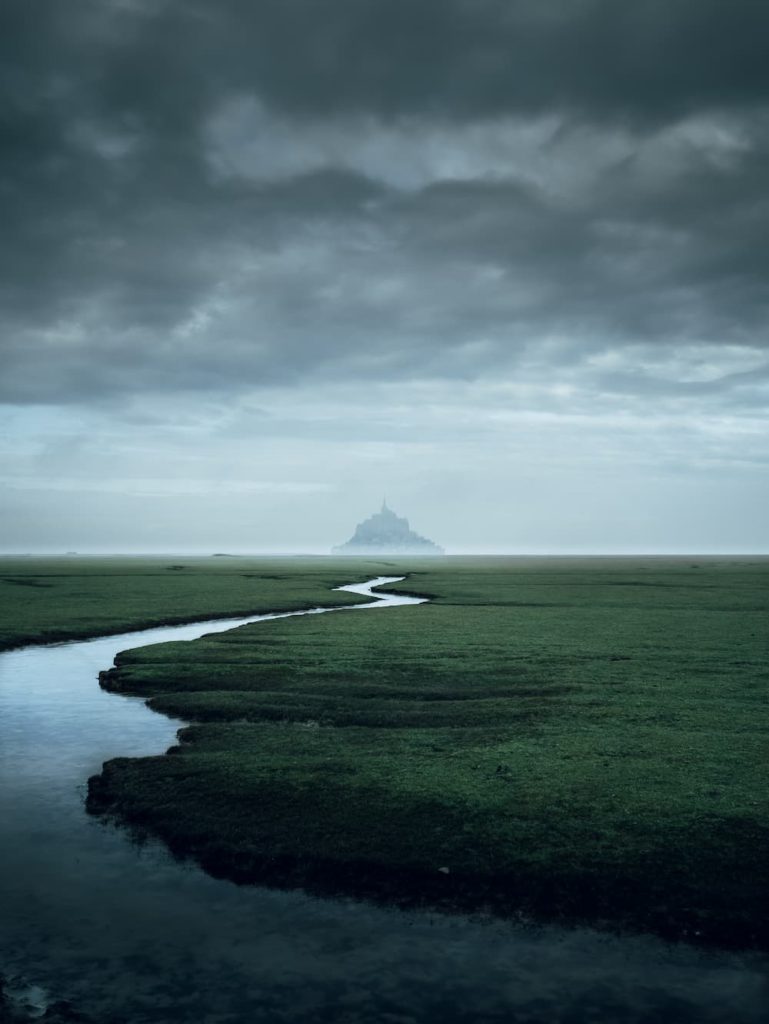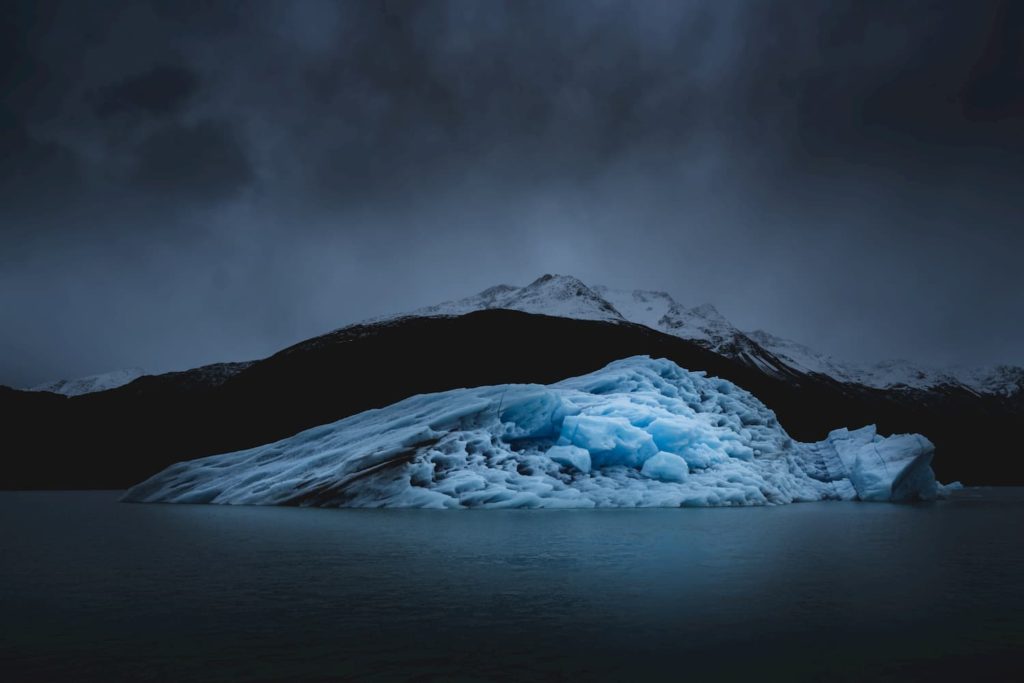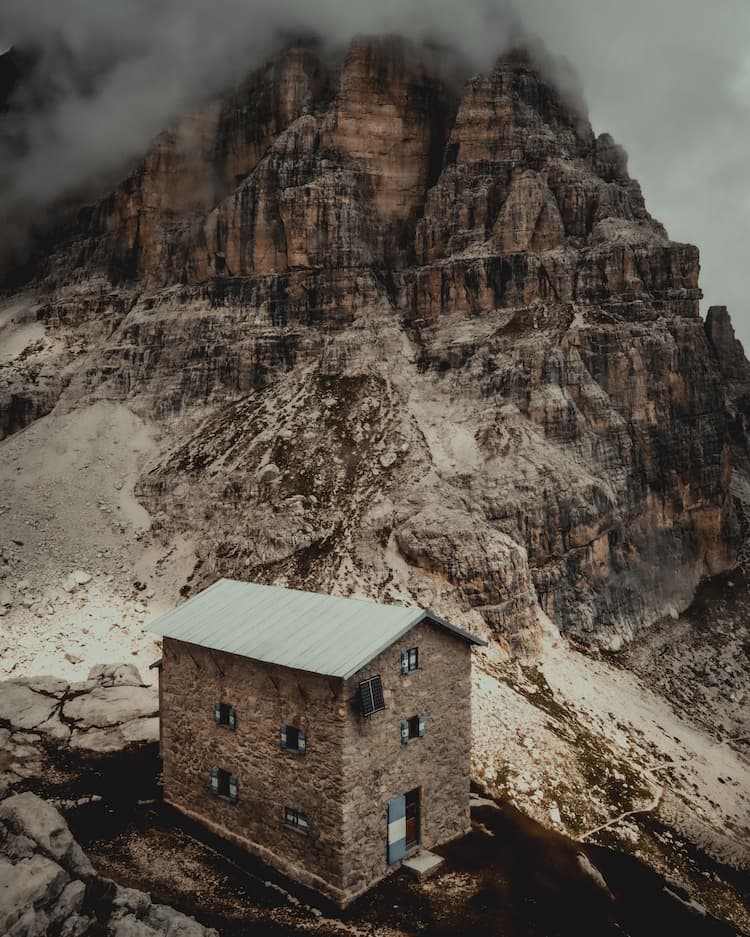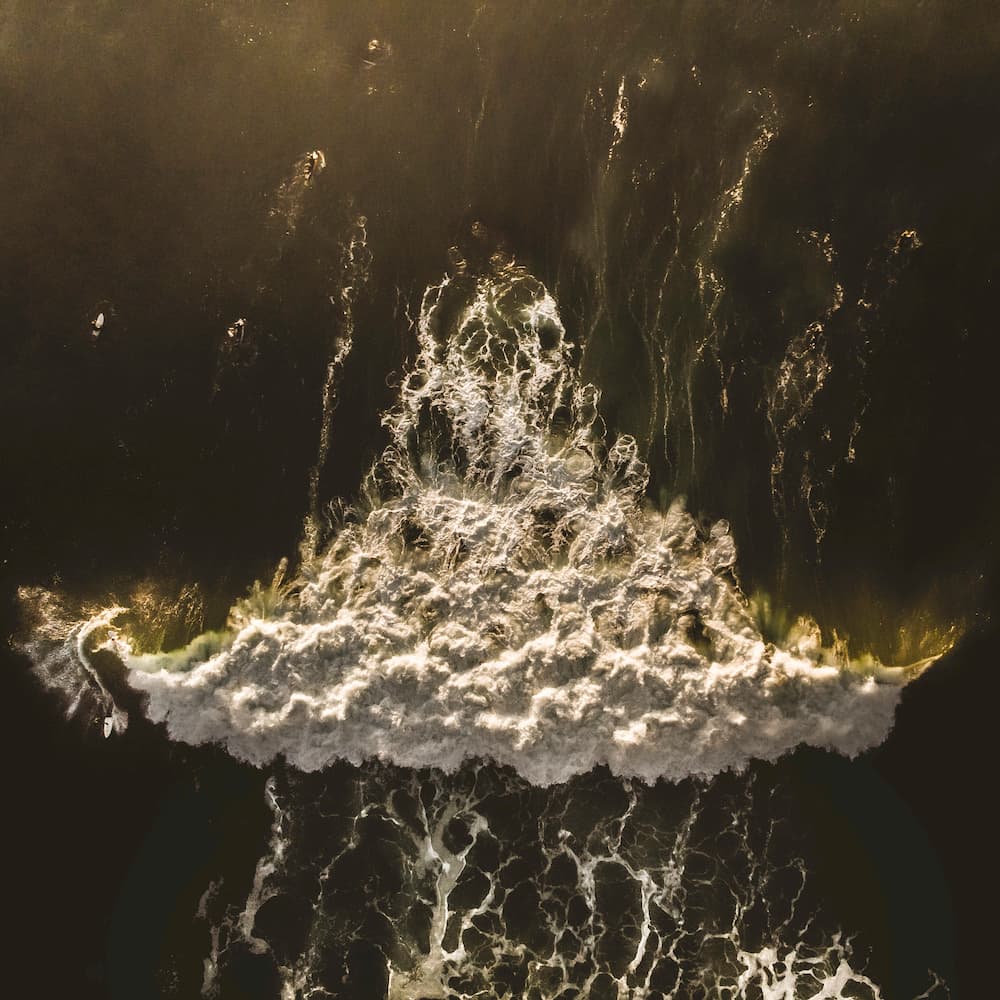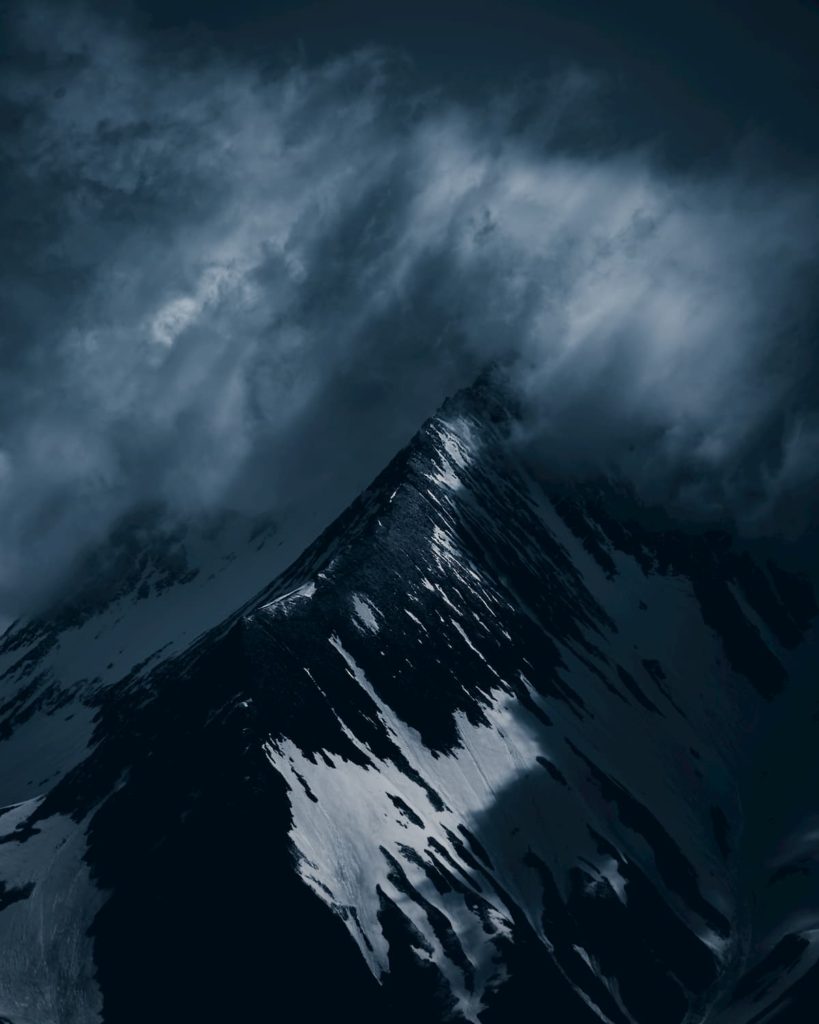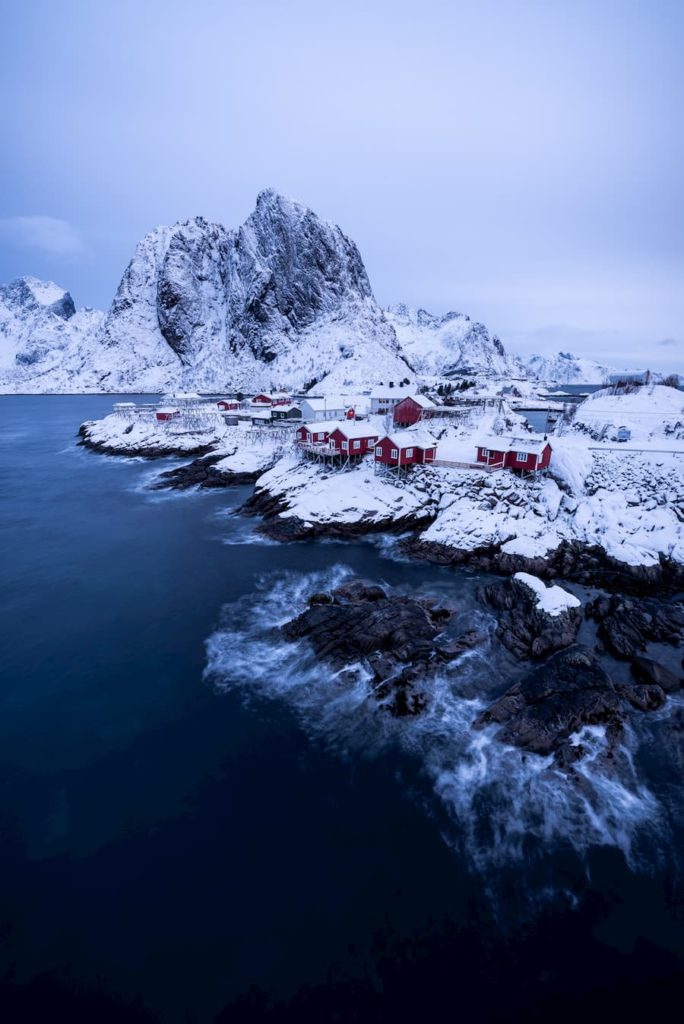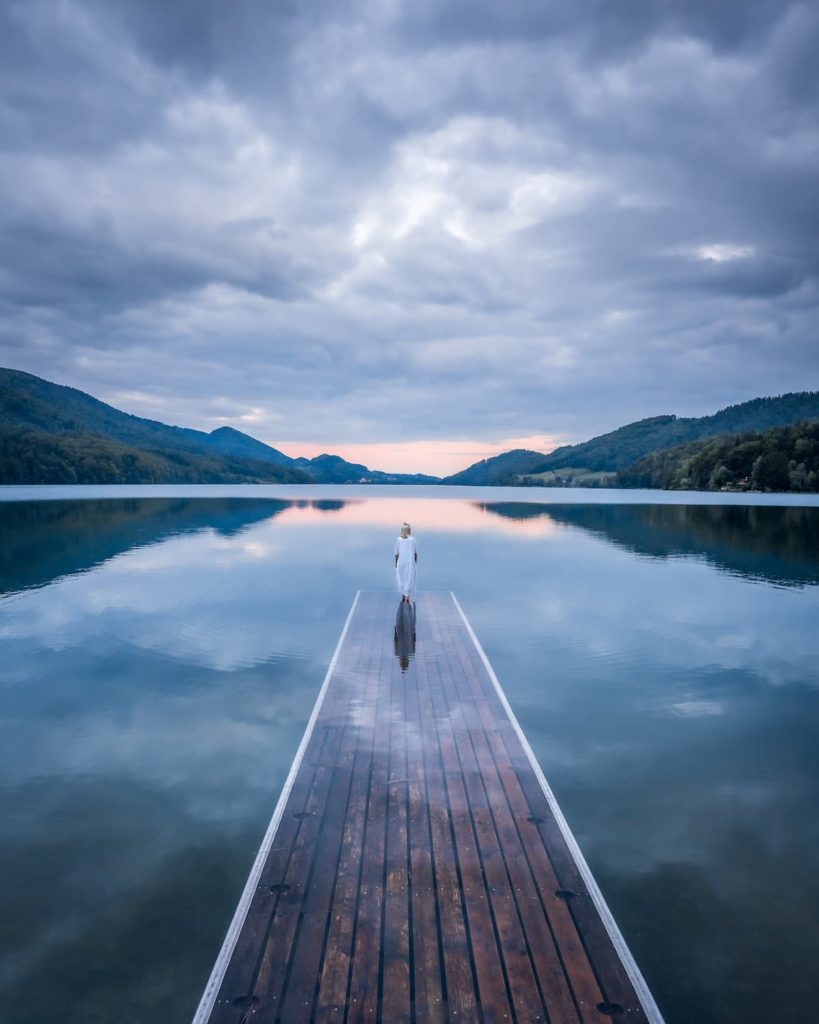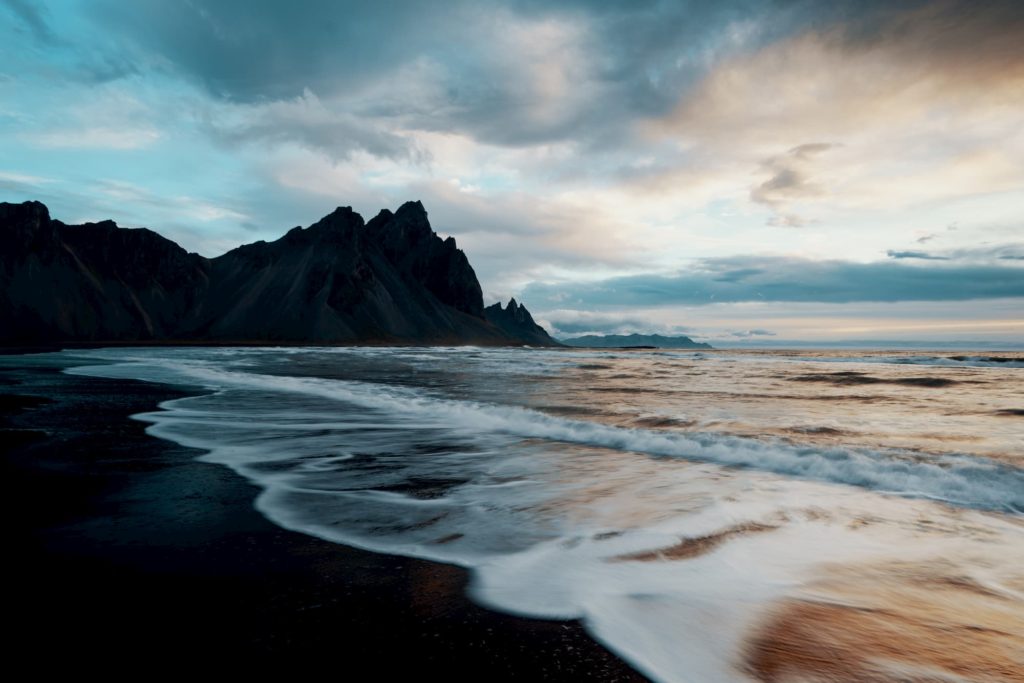
Kevin Pages
@kevinpages_
Photographer and videographer based in Iceland
I remember my teachers at the photography school telling us that a photo isn’t finished until it’s printed – A photo print is the final conclusion of an image.
The quality of a print depends on the type of paper used but also on the management of the color profile used according to the printers. We must regularly start with tests because what appears on paper is not necessarily the same as what we see on our computer screen. I recommend all photographers to experience it at least once because the process is particularly satisfying!
When it comes to creating an NFT of your artwork, it is slightly different. An NFT is a digital version of a photograph or other digital art so the process is more simplified as what you see on the screen will not change once minted on one of the various NFT platforms. However, most artists either want to include a physical print or allow the collector to print it themselves, in which case it is best to ensure that the file is ready for printing.
What I liked when I got into NFTs was switching from Instagram to Twitter and starting to interact with a whole community of artists and collectors. What builds and maintains the foundations of the NFT market is the community. The best way to get started in NFT is to take part in this community in an honest way by interacting with people from different backgrounds and learning from each other. My experience has shown me that things just happen naturally if we are patient and do not get discouraged when we do not sell anything.
To be honest, I have always been bad at promoting my work and branding myself, and I feel that hasn’t changed much, but if you put passion and skills into your work, and involve yourself within the communities you like to be in/are useful to be in, things will flow.
From the NFTs I have created, my drone photo of the Þjorsà river estuary taken in May 2020 is really special to me. I sold this one in my 50 Shades Of Water collection on OpenSea – without promoting it really.
"This photo is a result of my first time flying over the river and ever since I had an obsession with all the rivers of Iceland."
Foundation is another NFT platform where I have a photo that is still available; one of a road in the middle of the lava field. It’s a straight road through a lava field that extends over tens of square km. What makes this photo so special to me is that it is an image that I have always wanted to create in order to show the vastness of the place. The challenge is that this place is very often subject to bad weather conditions, strong wind, rain, snow, etc… This makes drone flights very difficult, nearly impossible. I have passed this road countless times without ever having had the right conditions to take this photo, except this time. While I was guiding a photo workshop, the sky suddenly cleared and we were between two clouds of rain with a few rays of sunshine breaking through, creating magnificent lights on the green moss which surrounds the lava field. Ten minutes later the weather was again bad with rain, wind, and very low visibility. This is a typical example of being at the right place at the right time with a little bit of luck!
A photo that I still want to prepare for NFT is one of my photos of the eruption of the Fagradalsfjall volcano, taken with a drone on the very first day of the eruption. This photo is a vertical panorama that highlights the young chimney of the volcano, only a few hours old. This photo is so special to me because it represents all the emotions I felt that day seeing a volcano erupt for the very first time.
While for many people it’s a special place to visit and will never forget about, Iceland has become my home and still surprises and impresses me every day. The video that I created for the @colorpro Film Festival and video contest shows perfectly why, presenting the viewer with Iceland’s precious landscapes and a few of the locations I love creating photographs or videos most.
When it comes to my favorite places in Iceland, Fjallabak would definitely be in my top 5, it is off the paved roads in the Highlands. Nature there is wild and untouched with ancient craters, large expanses of black sand and rocks, and incredible colors. Although very touristy, I love and recommend visiting Jökulsarlón (the glacier lagoon) and its diamond beach. Stokksnes is also a must see with the mountain of Vestrahorn and its vast black sand beach. Further northeast is Stuðlagil, a canyon made of basalt columns with a river running through it. This is also definitely a place that you will want to see to not regret it afterward if you don’t! Finally, I would say that the Dynjandi waterfall located in the northwest is impressive and majestic and deserves a detour. As a visual content creator in and a local to Iceland, there’s so much I’ve learned and discovered about both my profession and nature.
"As a visual content creator in and a local to Iceland, there’s so much I’ve learned and discovered about both my profession and nature."
There is no magic recipe and it’s not easy to build a successful life in Iceland, especially when you don’t speak the local language. However, being truly passionate about what you do and never giving up will get you very, very far. On the way to becoming a professional visual creator and making a living through it, there are plenty of difficult times and you have to keep the strength to get up and keep your positive attitude. It’s a rewarding adventure worth fighting for and living.
Would you like content like this sent to your inbox?
NOMADICT
ART GALLERY
THE LATEST STORIES
WRITEN WITH PASSION TO INSPIRE YOU
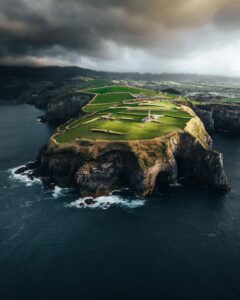
Photo tour in Azores, Portugal
Join us in the Azores for a unique photo tour, where you’ll elevate your creative skills with expert guidance from Ronald Soethje, Bruno Ázera, and Nomadict.
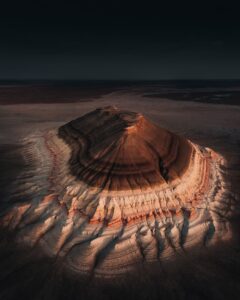
Forest Kai (@forest1kai): Photographer based in the US
In this article, Forest shares how years of chasing scale, silence, and raw landscapes shaped his approach to photography, from the deserts of Kazakhstan to the volcanic ridges of Iceland. He talks about how he uses light, texture, and vast negative space to create images that feel both intimate and overwhelming.
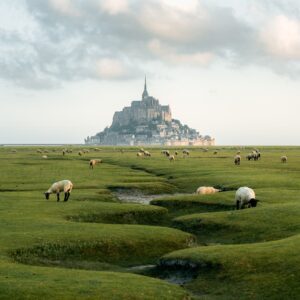
Simon Hechtbauer (@roamwithsimon): Best of the Week 32 at #nomadict
Simon shares the journey behind his photography, from early inspirations to field techniques, editing, and the story of the winning shot that shaped his path.

Miroslav Maršík (@miromarsik): Photographer based in Czech Republic
In this article, Miro shares how his love for cinematic music evolved into a deep passion for photography and how he uses light, color, and atmosphere to turn the streets of Prague into living film scenes.

Aurora photography panorama workflow: A guide to camera settings, editing, and color
In this article, Stefanie reveals how her background in physics sparked her passion for astrophotography and how she blends science with creativity to capture the beauty of the night sky. Readers will discover her approach to color, contrast, and editing, as well as her aurora photography workflow.

Yhabril (@yhabril): Best of the Week 33 at #nomadict
Spanish photographer Yhabril captures the profound connection between humans and the mountains that shaped him. Growing up in the Pyrenees, his work bridges outdoor sports, landscapes, and celestial scenes — often blending athletes, moonlight, and wilderness into striking visual stories.

Ariane Totzke (@besondersschwierig): Photographer based in Switzerland
In this article, Ariane shares how photography helped her navigate personal challenges, connect authentically with people and animals, and develop a philosophy rooted in empathy and artistic freedom. Readers will also discover her ethical approach to wildlife photography and her trusted equipment for both camouflage techniques and cameras.

How to photograph Dutch tulip fields: A guide to light, gear, composition, and colors
Discover how to photograph Dutch tulip fields in their most magical light. From choosing the right gear and lenses to mastering composition, color, and aerial perspectives, this guide shares creative techniques to capture the beauty of the Netherlands’ tulips. Learn how light, color grading, and proportion bring emotion into every frame.

